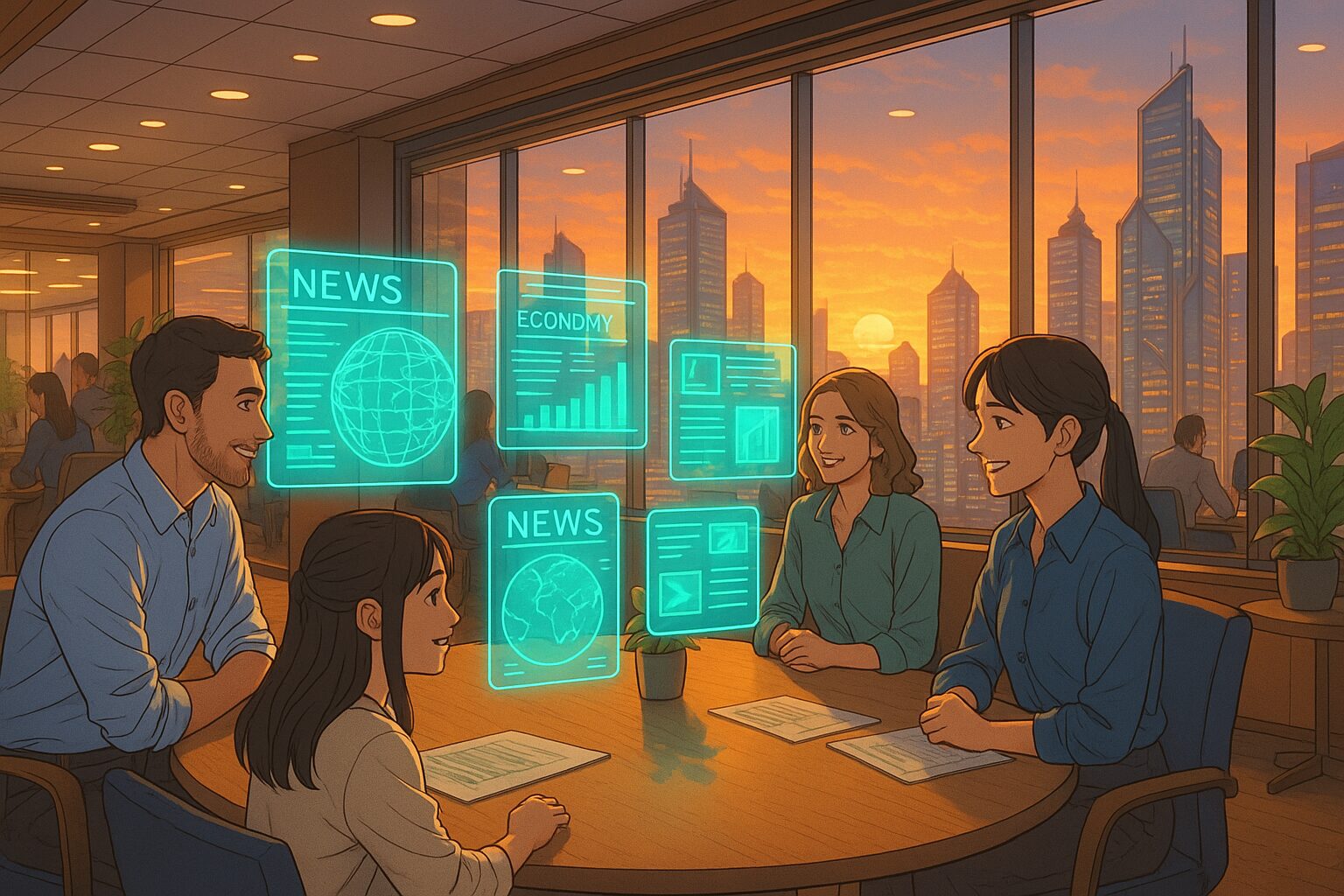Will Intercity Partnerships Change the Future of Cities?
A new intercity partnership has been established in Malaysia. If this movement continues, how will the future of our cities change?
1. Today’s News
Source:
First-ever Kuching South-KL City Hall MoU marks milestone in M’sian city-to-city partnership
Summary:
- The Kuching South City Council and the Kuala Lumpur City Hall have formed a partnership for the first time.
- This collaboration aims to promote innovation in urban management.
- It also aims to improve public spaces and enhance urban attractiveness.
2. Considering the Background
Intercity partnerships are attempts to enhance the efficiency of urban operations and improve the quality of public services. This expects to find new solutions by sharing resources and knowledge that different cities possess. Modern cities face various challenges such as population growth and environmental issues, but cooperation between different cities may lead to new methods to address these challenges. What impact will such initiatives have on our lives?
3. What Will the Future Hold?
Hypothesis 1 (Neutral): A Future Where Intercity Cooperation Becomes Commonplace
If intercity cooperation becomes routine, the efficiency of urban management will improve and the quality of public services will rise. While this change brings convenience to citizens, there are concerns that the unique characteristics of each city may be lost. The value placed on urban individuality may shift to prioritize efficiency instead.
Hypothesis 2 (Optimistic): A Future Where Urban Attractiveness Dramatically Develops
With intercity cooperation leading to dramatic improvements in public spaces, urban attractiveness will significantly enhance. Tourism and local economies will flourish, making it more appealing to live in the city. Citizens will take pride in their community, fostering a stronger attachment to their cities as a new value.
Hypothesis 3 (Pessimistic): A Future Where Urban Individuality is Lost
If intercity cooperation advances too far, there is a possibility that all cities will adopt similar characteristics. This could lead to a loss of individuality among cities, diminishing the affection that citizens feel for their urban environments. The value placed on individuality may wane.
4. Tips for Us
Ideas for Thought
- Consider the balance between city individuality and efficiency.
- Adopt a perspective to rediscover the charm of the city you live in.
Small Practical Tips
- Participate in local events to experience the goodness of your community.
- Share the unique traits of your area on social media and enjoy communication with others.
5. What Would You Do?
- As intercity cooperation progresses, what aspects of your city’s individuality do you want to cherish?
- How do you think cities should change to address environmental issues?
- What do you expect from the city you live in?
What kind of future have you envisioned? Please share with us through social media quotes or comments.









